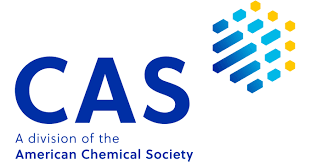Antiepileptic drugs used in different types of epilepsy in childhood epileptic patients in Children Hospital and Institute of Child Health Lahore and its comparison with international studies
DOI:
https://doi.org/10.56770/jcp201707Keywords:
Epilepsy, Tonic clonic seizures, Monotherapy, ValproateAbstract
Objective: This study was under taken for the evaluation of pediatric epileptic patients and to determine the antiepileptic drugs used in treatment of different epilepsy types and its comparison with other studies. Method: This prospective study was conducted in the Neurology Department of the Children Hospital Lahore. A questionnaire was developed for collection of data. Three hundred patient’s upto fifteen years of age with uncomplicated epileptic seizures were included in study. Data was analyzed by routine statistical methods. Results: Commonly encountered cases were of tonic clonic seizures 39%, myoclonic 12%, petitmal 11% and complex partial seizures 9%. Results shows that most commonly prescribed drug was valproic acid used in 67% cases. Valproate was also administered in combination with Topiramate, Lamotrigene, Clonazepam and Phenobarbitone.Carbamazepine was also found to be administered along with valproate, topiramate, Phenobarbitonea and Lamotrigene. Patients stable on monotherapy were 57 % and those stable on combination therapy are 43%. Conclusion: The tonic clonic seizure is most common in pediatric epileptic patients and for its treatment most recommended medicine is valproate. A study conducted in Iran reveals that phenobarbitone is the commonest antiepileptic drug (33.7%) because of its broad antiepileptic action and economical price. So it is concluded that proper selection of economical antiepileptic drug must be done for the proper treatment of epileptic patient and monotherapy should be encouraged as compare to combination therapy.
Downloads
Published
How to Cite
Issue
Section
License
Copyright (c) 2018 The authors retain the copyright without restriction.

This work is licensed under a Creative Commons Attribution 4.0 International License.









